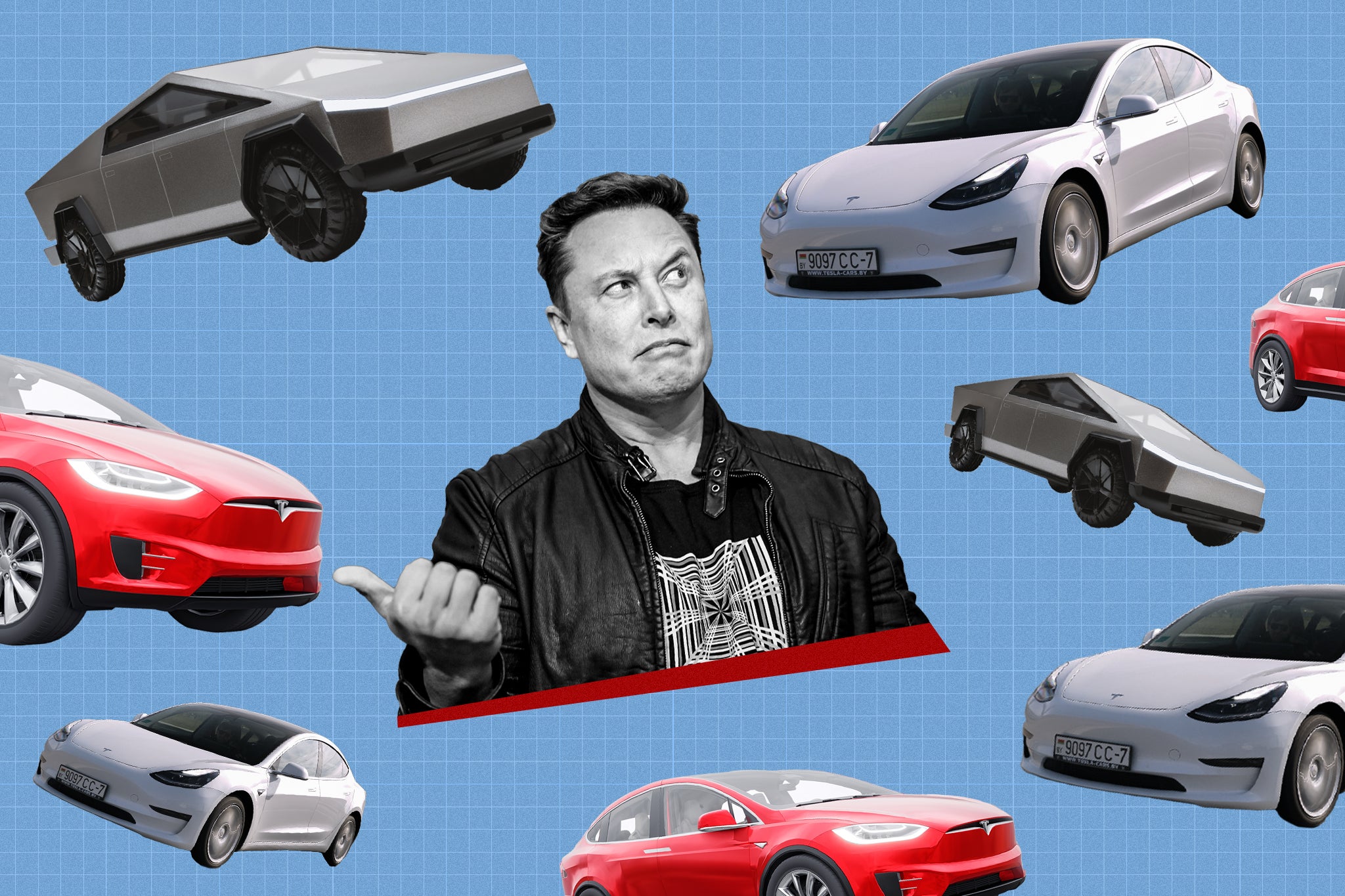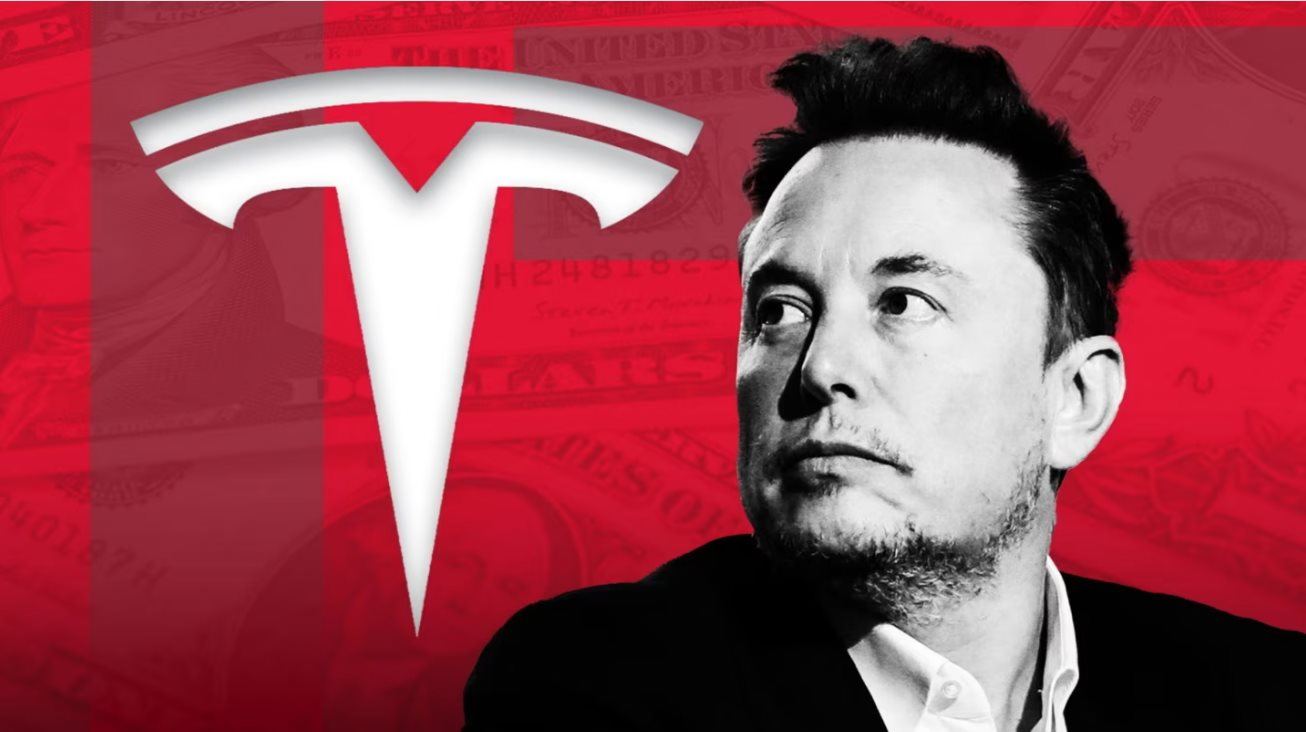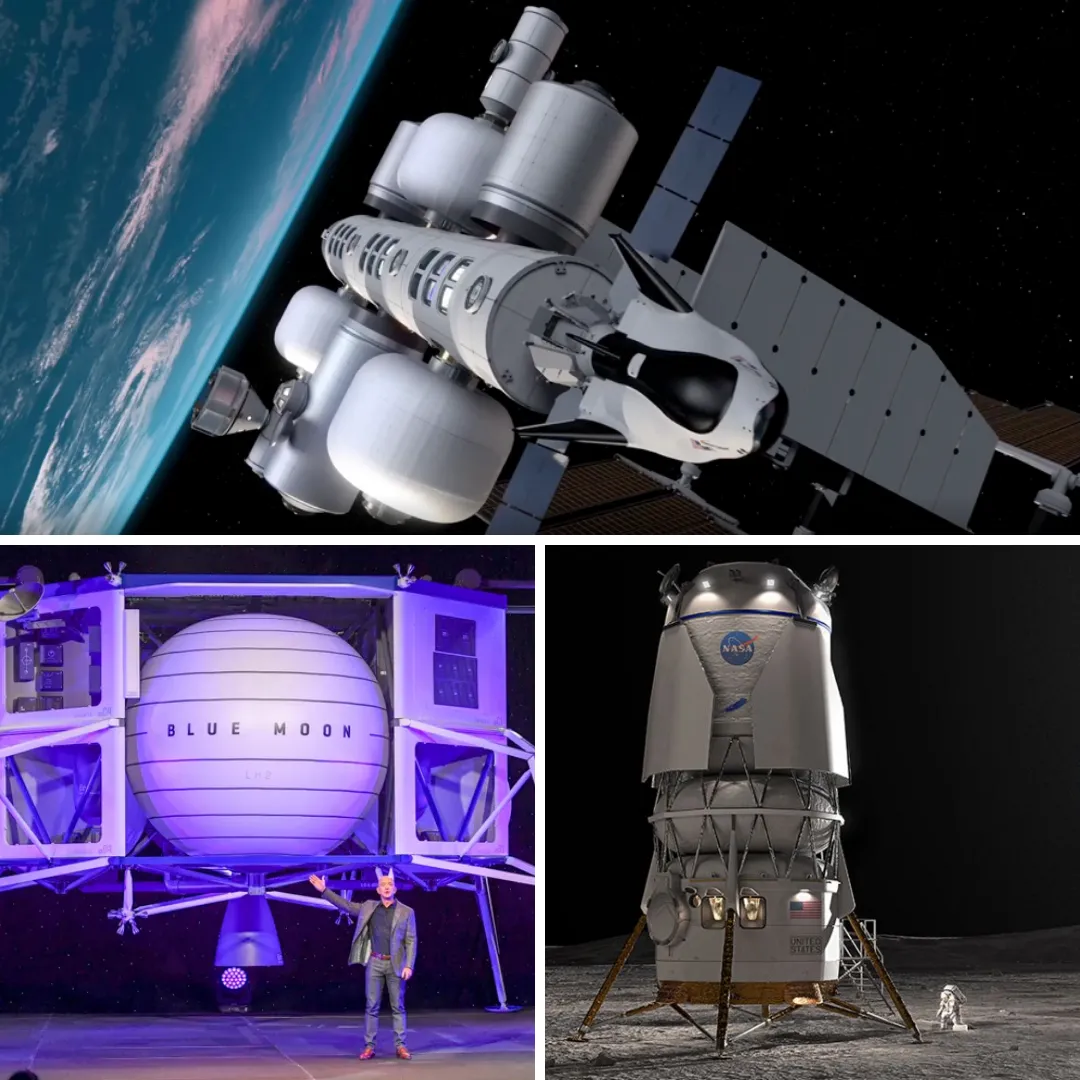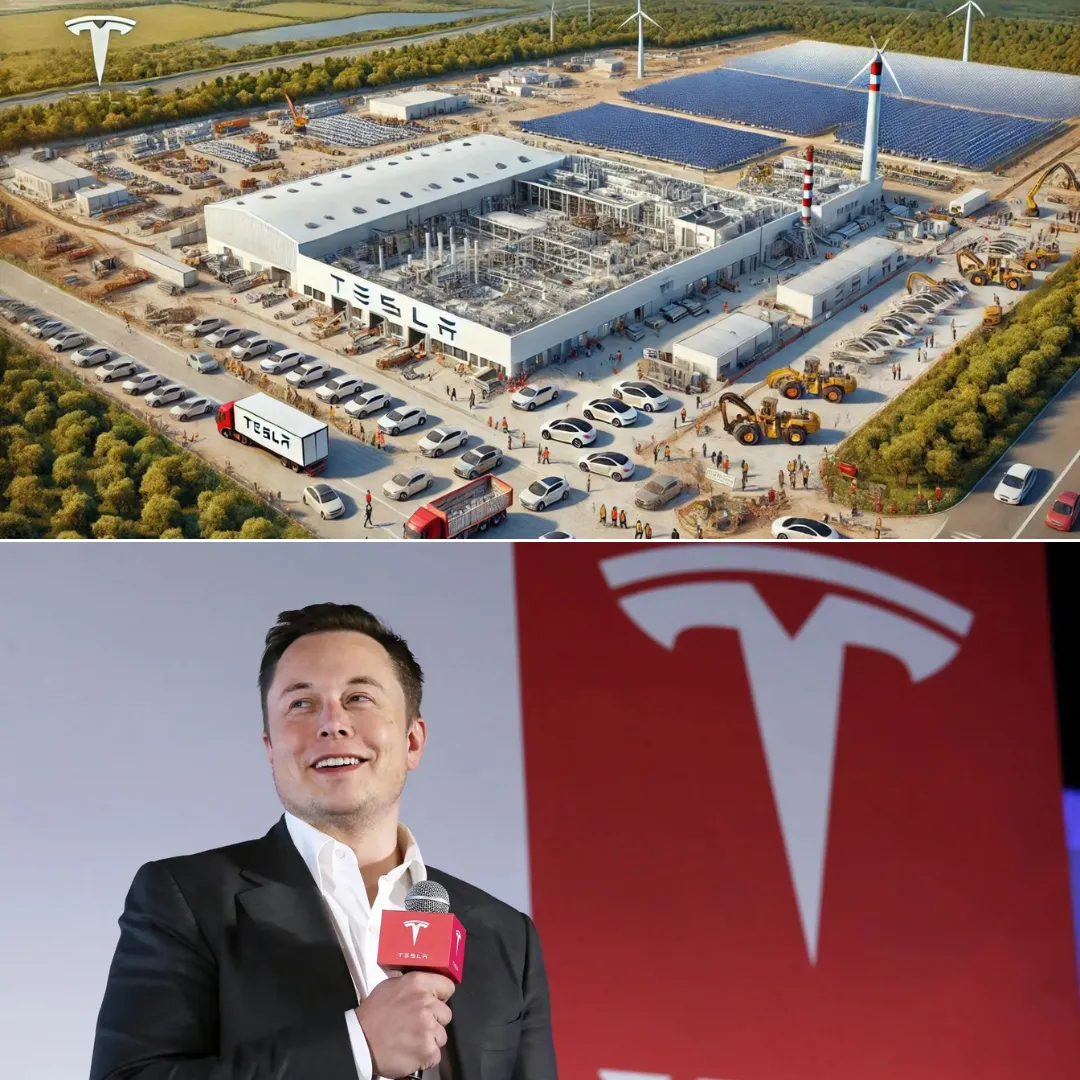Tesla, the electric vehicle giant known for its ambitious goals of promoting sustainability and reducing carbon emissions, is facing increasing criticism over the environmental impact of its production processes, particularly regarding the production of lithium-ion batteries.
While the company’s electric vehicles have become a symbol of green energy innovation, some environmentalists argue that Tesla has not done enough to mitigate the negative environmental effects of battery production, especially the extraction of rare and precious materials that are essential for making these batteries. These concerns are raising important questions about the true sustainability of Tesla’s business model and its long-term impact on the planet.
The controversy centers around the environmental footprint of the supply chain for lithium-ion batteries. These batteries, which power electric vehicles and other green technologies, require the extraction of materials such as lithium, cobalt, and nickel.
Mining these materials can have devastating environmental consequences, including deforestation, water contamination, and the depletion of local ecosystems. In particular, cobalt mining in the Democratic Republic of the Congo has come under intense scrutiny due to human rights abuses and environmental damage associated with the extraction process.

Tesla has made significant strides in promoting sustainable energy solutions with its electric vehicles, solar products, and energy storage systems. The company’s mission to accelerate the world’s transition to sustainable energy has garnered widespread support from consumers, investors, and environmentalists alike.
However, as Tesla’s influence in the renewable energy space grows, so too does the scrutiny of its environmental practices. Environmentalists argue that while Tesla’s electric vehicles help reduce greenhouse gas emissions, the company must do more to ensure that its own supply chain is aligned with its sustainability goals.
One of the key criticisms leveled at Tesla is its reliance on mining for materials used in its batteries. While the company has made efforts to reduce its reliance on rare earth metals by sourcing materials more responsibly, the fact remains that the extraction of these materials still causes significant harm to the environment.
For example, lithium extraction can be highly water-intensive, especially in regions like the Atacama Desert in Chile, where water scarcity is already a pressing issue. The process of mining nickel and cobalt can also result in extensive damage to local ecosystems, including the contamination of soil and water supplies.

In response to these concerns, Tesla has sought to improve its supply chain transparency and sustainability efforts. The company has committed to sourcing materials from responsible suppliers and has taken steps to reduce its dependence on cobalt by developing new battery technologies.
Tesla has also made public promises to reduce its carbon footprint by adopting more sustainable mining practices and using renewable energy sources in its production processes. However, environmentalists argue that these efforts are not enough and that Tesla must do more to address the environmental impact of its battery production.
One of the main calls from critics is for greater transparency in Tesla’s supply chain. While the company has made strides in improving its sourcing practices, there is still a lack of clarity around where and how the materials used in Tesla’s batteries are sourced. Environmentalists argue that without full transparency, it is difficult to assess the true environmental cost of Tesla’s battery production and whether the company is meeting its sustainability goals.
Many also argue that Tesla should prioritize working with suppliers who meet higher environmental and ethical standards, particularly when it comes to human rights and labor conditions in the countries where these materials are mined. Another area of concern is Tesla’s reliance on third-party suppliers for key materials.

While Tesla has worked to develop partnerships with mining companies to ensure the responsible sourcing of materials, it remains unclear whether these partnerships are having a significant impact on the sustainability of Tesla’s battery production. Critics point out that Tesla’s supply chain remains complex and opaque, making it difficult for consumers to fully understand the environmental consequences of the products they are purchasing.
Some environmental advocates believe that Tesla needs to take a more proactive role in ensuring that its suppliers are held accountable for their environmental practices and that the company should push for more widespread adoption of sustainable mining practices.
Tesla’s push to develop new technologies to reduce the environmental impact of battery production is also facing criticism. While the company has made some progress with its development of solid-state batteries, which promise to be more efficient and environmentally friendly, these technologies are still in the early stages of development.
Until these technologies can be scaled up, Tesla’s reliance on traditional lithium-ion batteries will continue to present significant environmental challenges. Tesla has committed to reducing the carbon footprint of its battery production by improving energy efficiency in its manufacturing processes and investing in renewable energy projects. However, environmentalists argue that these efforts alone will not be enough to offset the damage caused by mining and other parts of the supply chain.
:max_bytes(150000):strip_icc()/GettyImages-1228322816-5ddf25cc88d241e895d6759b144e662e.jpg)
The growing scrutiny of Tesla’s environmental practices comes at a time when the company’s influence in the electric vehicle market is expanding rapidly. Tesla’s market share continues to grow, and the company is now seen as the dominant player in the EV market. As a result, Tesla’s actions and environmental policies have the potential to set a precedent for the entire industry.
If Tesla can demonstrate that it is able to produce electric vehicles and batteries in a truly sustainable way, it could inspire other automakers to follow suit. However, if Tesla fails to address the environmental challenges associated with its battery production, it risks losing the support of both consumers and environmental activists.
Tesla has also been facing pressure from investors, who are becoming increasingly concerned about the company’s long-term sustainability. While Tesla has been successful in growing its revenue and increasing production, its stock price has been volatile in recent months, and the company’s profitability remains a key area of concern.
Investors are closely watching Tesla’s efforts to address the environmental impact of its battery production, as they recognize that failing to do so could affect the company’s reputation and market position. Tesla has been successful in navigating some of the challenges of the electric vehicle market, but as environmental concerns grow, the company will need to prove that it can balance its ambitions with its commitment to sustainability.

In conclusion, Tesla’s approach to sustainability and its handling of the environmental impact of battery production is under increasing scrutiny. While the company has made progress in reducing its carbon footprint and improving its supply chain practices, there is still significant work to be done to ensure that its battery production is as sustainable as its electric vehicles.
Environmentalists are calling for greater transparency and a stronger commitment to responsible sourcing, while Tesla investors are closely monitoring the company’s ability to navigate these challenges without compromising its long-term profitability. As Tesla continues to lead the charge in the electric vehicle market, its efforts to tackle these environmental issues will play a crucial role in shaping the company’s future and the future of the broader electric vehicle industry.
The company must demonstrate that its environmental ambitions extend beyond the vehicles it produces and into the very foundation of its supply chain. Only then will Tesla be able to fully achieve its mission of accelerating the world’s transition to sustainable energy.




